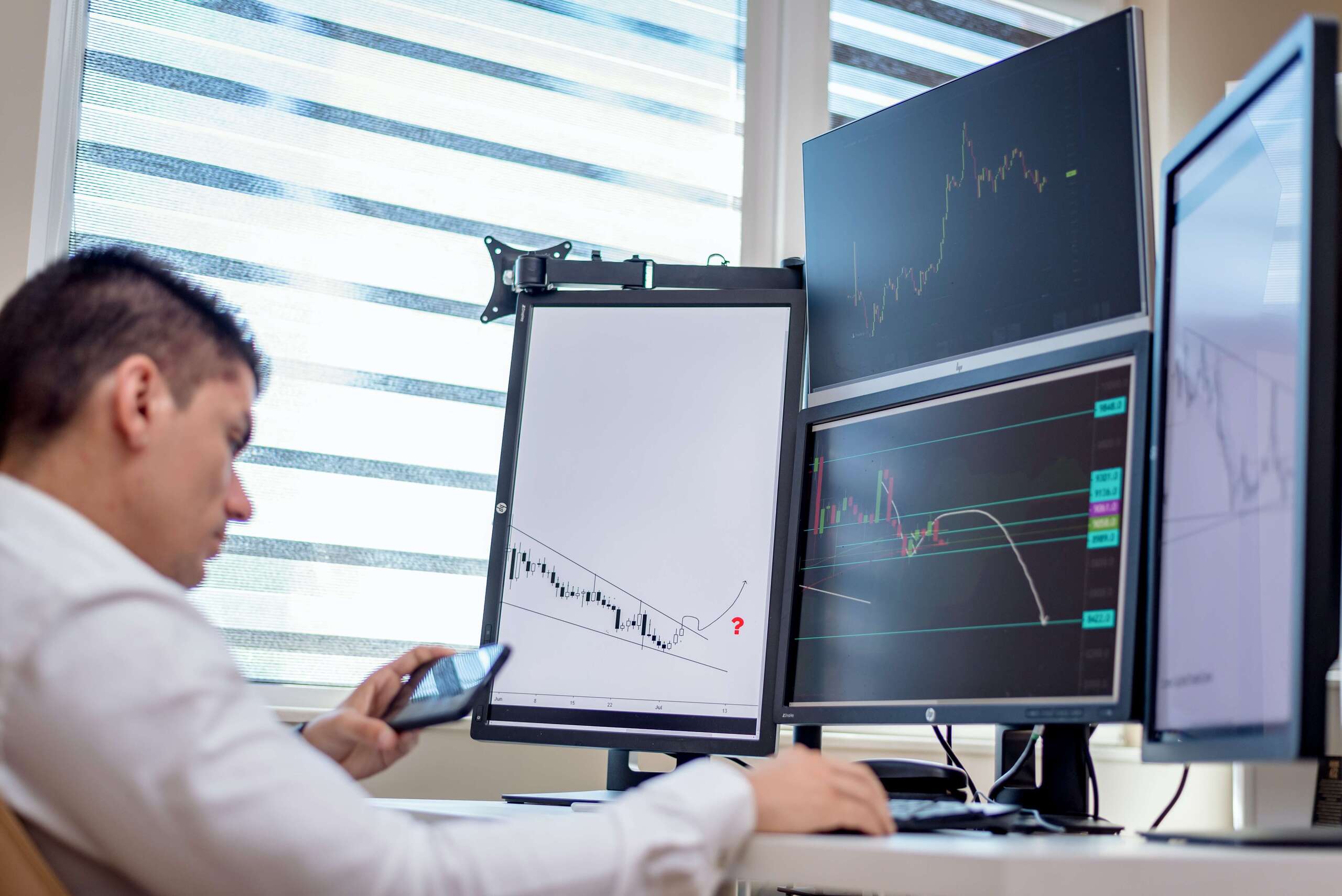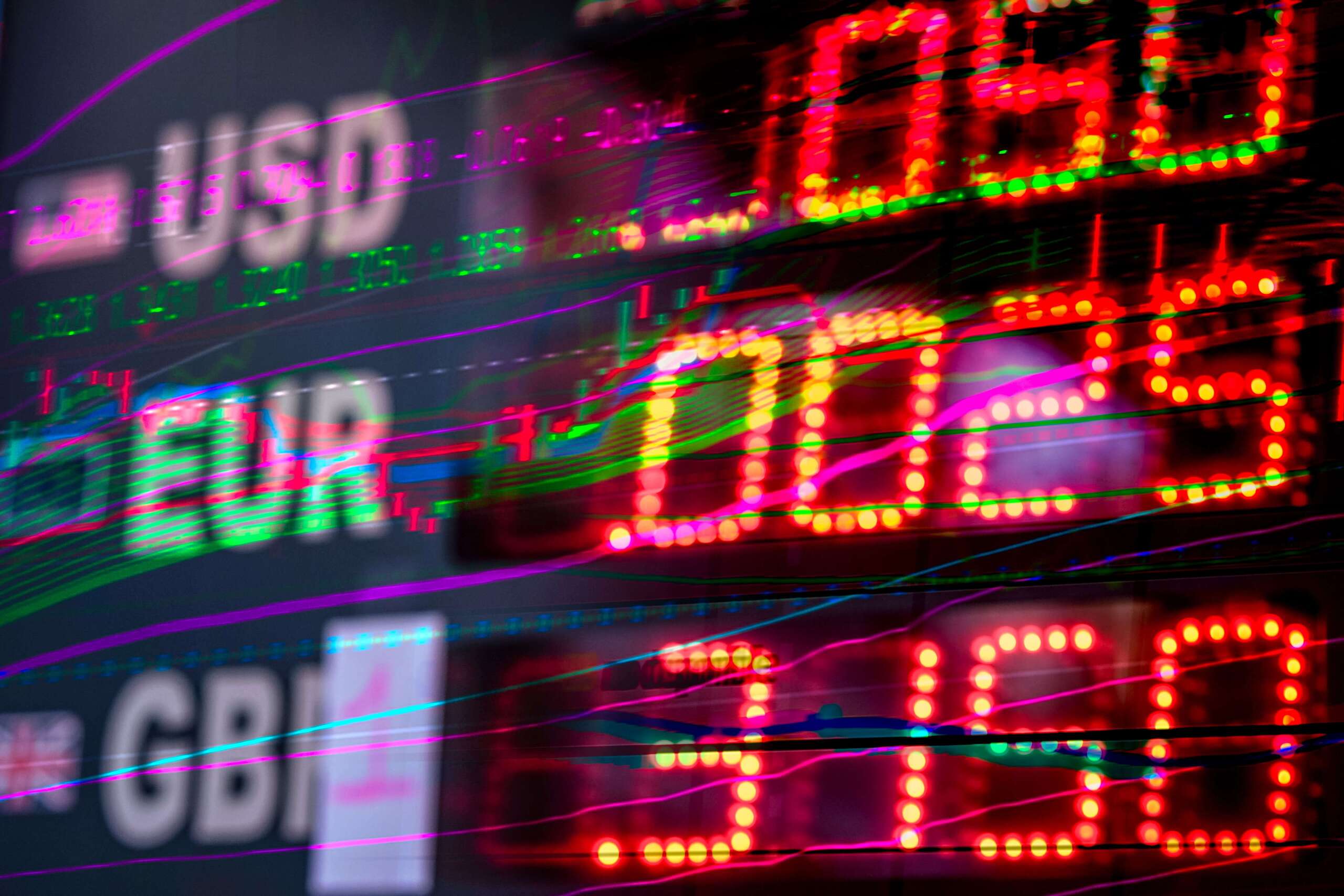The traders use many Forex orders to track and manage their trades. Although the forex order types depend upon the brokers, there are a few basic FX order types that all brokers accept.
If the traders have good take and information on the trading orders, they will appropriately enter and exit the forex market. The order types are evidence of trading styles that give traders the confidence to trade.
The following article will enlighten you about the main forex orders and their utilization in live trading.
Market Order
The first and most basic FX order type that traders encounter is the market order. As the name suggests, the trades traded in the market are market orders. So if you want to begin forex trading immediately, trade a market order and enter the market with the prevailing price.
Usually, scalpers and day traders prefer market orders for entering and exiting the market instantly according to their planned strategy.
For instance, there is a EUR/USD deal ticket and living prices for buying and selling them. With the market order 11392.9, you can buy it quickly at an ongoing rate. The same follows for a short position.
Entry Order
An entry order is traders’ next most commonly used FX order type. One unique feature of these orders is that they are set away from the current market prices. So in case the price trades at the pre-chosen price, then the condition for the entry order is met, and hence a new position is created.
Trading with entries is very beneficial for the traders as the traders will not need to stare at the screen till the execution of trades. Find out more about becoming a part-time trader.
Entry orders are commonly used for breakout strategies and others that require the execution of trades after the prices cross a specific point.

Limit Order
You will discover two types of limit orders in forex trading:
1. Limit Entry Order: The first type is the limit order to open the trade for a better entry price. For instance, you are trading EUR/USD at 1.1294, which you think will trade down to 1.1200 before selling off. So you set your limit order to purchase at 1.1200.
Now, if EUR/USD is being traded at 1.12939 and you guessed it to rally up to 1.1300 before rallying, then you will set your limit order to sell at 1.1300. The advantageous usage of limit orders is that you get the price you picked or better than that.
2. Limit Sell Order: With limit orders, you can limit orders for closing trades when the market movement is in your favor. So if you bring the EUR/USD at 1.1300 and wish to exit the trade after making a profit of 100 pips, you would limit your sell order to 100 pips above the entry order or at 1.1400.
Now, if you sell the EUR/USD at 1.1300 and wish to exit after you gain a profit of 100 pips, you will set your buy limit order to 100 pips below the entry order or at 1.1200.

Stop Order
Stop orders are another often-used order type in forex trading. There are two types of stop orders:
1. Stop orders for opening trades: The first is the stop order for entering the market, mainly used for trading breakouts. In this, you place a buy stop for entry at the 1.1501 level if you believe the EUR/USD may increase further after a move above the 1.1500 level.
Whenever the market prints 1.1501, your buy stop will eventually become the market order that will get the next best price available.
Likewise, if you assume that the EUR/USD will keep going downwards if traded down through the 1.1200 level, you may set the sell stop for entry at 1.1199. Because the market printed 1.1199, as mentioned above-market order will be your sell stop and will be filled with the following price in the market.
2. Stop orders to close the trades: The traders can use protective stop orders to close the deals whenever the market moves in the direction against your trade position. So if you enter a BUY order for the EUR/USD pair at 1.1500 and can bear risks up to 50 pips, then you should set your protective sell stop at 50 pips less than your entry or at 1.1450.
Now, if you sell the EUR/USD at 1.1400 and want to limit the risks to 50 pips, you must set the protective buy stop fifty pips above the entry-level or at 1.1450.
How to Place Forex Orders
Placing Forex orders is very simple. However, it depends on your broker. Given below are the guidelines that you must follow to place orders on the majority of trading platforms:
- Firstly, open the deal ticket and click on the order tab.
- Secondly, select the direction of your trade (Buy or sell)
- Thirdly, mention the price level that will tell about the order type depending upon whether the price level is above or below the present market price.
- Next, place the stops or limits.
- Finally, submit the order.
Ensure you get enough information on the platform you are working with before beginning trading. With this, you will remain safe from impractical mistakes traders usually encounter while managing and executing trades.



